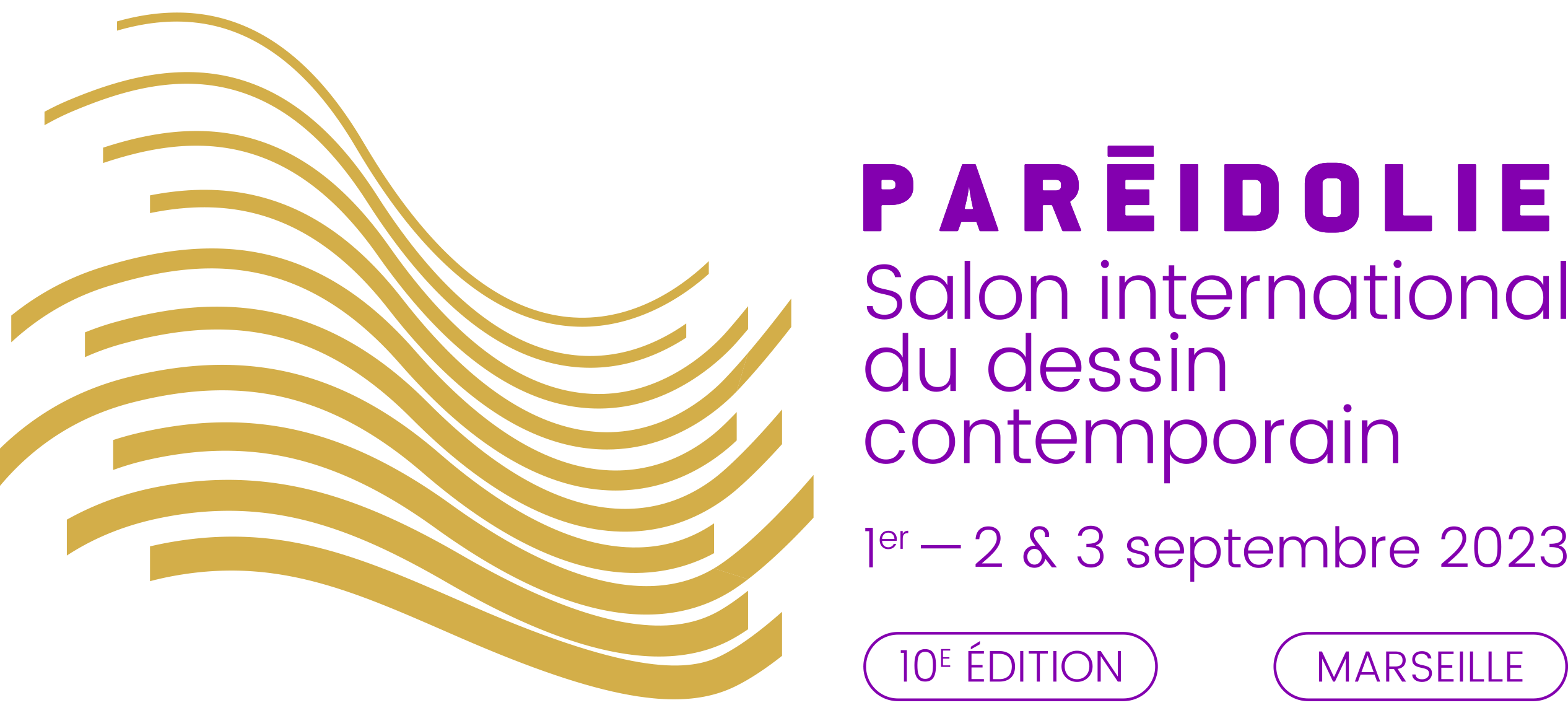Galerie Nadja Vilenne
Alevtina Kakhidze -
Jacques Lizène -
Raphaël Van Lerberghe -
Gaëtane Verbruggen -
Nous désirons mettre l’accent sur trois artistes émergents : Alevtina Kakhidze (Ukraine), Gaëtane Verbruggen (Belgique) et Raphaël Van Lerberghe (Belgique).
Et pour ne pas faillir à ce qui pourrait déjà être une tradition, nous reviendrons avec quelques oeuvres de Jacques Lizène, mais cette fois, avec des dessins plus historiques que ceux exposés lors des deux dernières éditions du Salon. Le Petit Maître de la seconde moitié du XXe siècle entretenait des relations singulières avec Marseille, tandis que nous poursuivons un vaste travail de mise en valeur de son oeuvre, conscients de la justesse de sa déclaration mainte fois répétée et adressée en particulier à Harald Szeeman : « Jamais le visionnaire ne fut perçu comme tel en son temps ».
Alevtina Kakhidze vit à la campagne dans la région de Kiev. Elle fut l’une des premières à descendre dans la rue en 2013 à l’occasion de ce qui est devenu le mouvement Maïdan, une révolution de la dignité, dit-elle, et elle y restée pendant trois mois et demi. Depuis, elle témoigne au travers de ses dessins et de ses performances, de l’expérience incommunicable de la guerre. Les dessins d’Alevtina sont des notes mentales, des journaux intimes autant qu’un essai philosophique fragmenté qui sonde ce qu’elle a appris de la philosophie occidentale (Kant, Hegel, Arendt) et ce qu’elle vit depuis le début de la guerre en 2014. Elle est elle-même originaire du Donbass. Une grande part de ses recherches concerne l’observation des plantes, dans son jardin mais aussi ailleurs. C’est une recherche philosophique sur le comportement des plantes natives et des plantes invasives, métaphore ô combien riche de sens.
Raphaël Van Lerberghe étend une géographie faite d’images, de dessins et d’installations toujours en résonance avec leur lieu d’exposition. De l’espace investi, il cherche à créer du sens. Un langage polyphonique en résulte, toujours singulier et surprenant. II organise plutôt la présence des images et jamais ne les épuise. Jouant malicieusement sur la transparence, la disparition ou la surinscription, Raphaël Van Lerberghe brouille les pistes et fait obliquer Ie regard en deçà ou au-delà des certitudes que nous nous étions promises. Pénétrer cet univers, faire sienne la fragilité qui s’en dégage, c’est immanquablement se prendre au piège d’une expérience, se surprendre d’une énigme, réhabiliter l’insu comme source du visible et du pensable. Évadé du surréalisme hennuyer d'abord, Bonnie & Clyde à lui seul, Van Lerberghe est parti avec tout le butin sans demander son reste.
Peintre et dessinatrice, Gaëtane Verbruggen développe un travail tout en silence sondant le secret des images. Ses fusains et dessins évoquent des lieux oubliés, remplis d’histoire, dotés de lumière diffuse et intimes, des lieux qui nous permettent d’imaginer un passé, un historique fictif. Le tableau est une fenêtre ouverte. Où se trouve dès lors, si seulement elle existe, la limite entre la réalité et l’imagination ? Pouvons-nous jongler avec le visible et l’invisible produit par une lumière naturelle ? Gaëtane Verbruggen convoque l’intime et le public, le perceptible et l’imperceptible.
We want to focus on three emerging artists: Alevtina Kakhidze (Ukraine), Gaëtane Verbruggen (Belgium) and Raphaël Van Lerberghe (Belgium). As not to fail in what could already be a tradition, we will come back with some works by Jacques Lizène, but this time with more historic designs than those exhibited during the last two editions of the Salon. The Little Master of the second half of the 20th century maintained a unique relationship with Marseille, while we are pursuing a vast work of highlighting his work, aware of the accuracy of his statement repeated many times and addressed in particular to Harald Szeeman: “Never was the visionary perceived as such in his time”. Alevtina Kakhidze lives in the countryside in the kyiv region. She was one of the first to take to the streets in 2013 in what became the Maidan movement, a revolution of dignity, she says, and she stayed there for three and a half months. Since then, she has testified through her drawings and performances to the incommunicable experience of war. Alevtina's drawings are mental notes, diaries as much as a fragmented philosophical essay that probes what she has learned from Western philosophy (Kant, Hegel, Arendt) and what she has been experiencing since the beginning of the war in 2014. She herself is from Donbass. A large part of his research concerns the observation of plants, in his garden but also elsewhere. It is a philosophical research on the behavior of native plants and invasive plants, a metaphor oh so rich in meaning.
Raphaël Van Lerberghe extends a geography made up of images, drawings and installations that always resonate with their place of exhibition. From the invested space, he seeks to create meaning. A polyphonic language results, always singular and surprising. Rather, it organizes the presence of images and never exhausts them. Playing mischievously on transparency, disappearance or superimposition, Raphaël Van Lerberghe blurs the tracks and skews the gaze below or beyond the certainties that we had promised ourselves. Penetrating this universe, making its own the fragility that emanates from it, it is inevitably to get caught in the trap of an experience, to be surprised by an enigma, to rehabilitate the unknown as a source of the visible and the thinkable. Escaped from Hainaut surrealism first, Bonnie & Clyde on his own, Van Lerberghe left with all the loot without asking for his rest. Painter and draftsman, Gaëtane Verbruggen develops a work all in silence probing the secret of images. His charcoals and drawings evoke forgotten places, filled with history, endowed with diffused and intimate light, places that allow us to imagine a past, a fictitious history. The table is an open window. Where then, if at all, is the boundary between reality and imagination? Can we juggle the visible and the invisible produced by natural light? Gaëtane Verbruggen summons the intimate and the public, the perceptible and the imperceptible.
Galerie Nadja Vilenne
Nadia Vilenne
5 rue Commandant Marchand - Liège - Belgique
+32 4 227 19 91
︎ nadia.vilenne@nadjavilenne.com
︎ https://www.nadjavilenne.com
︎ www.facebook.com/Nadja-Vilenne
Alevtina Kakhidze


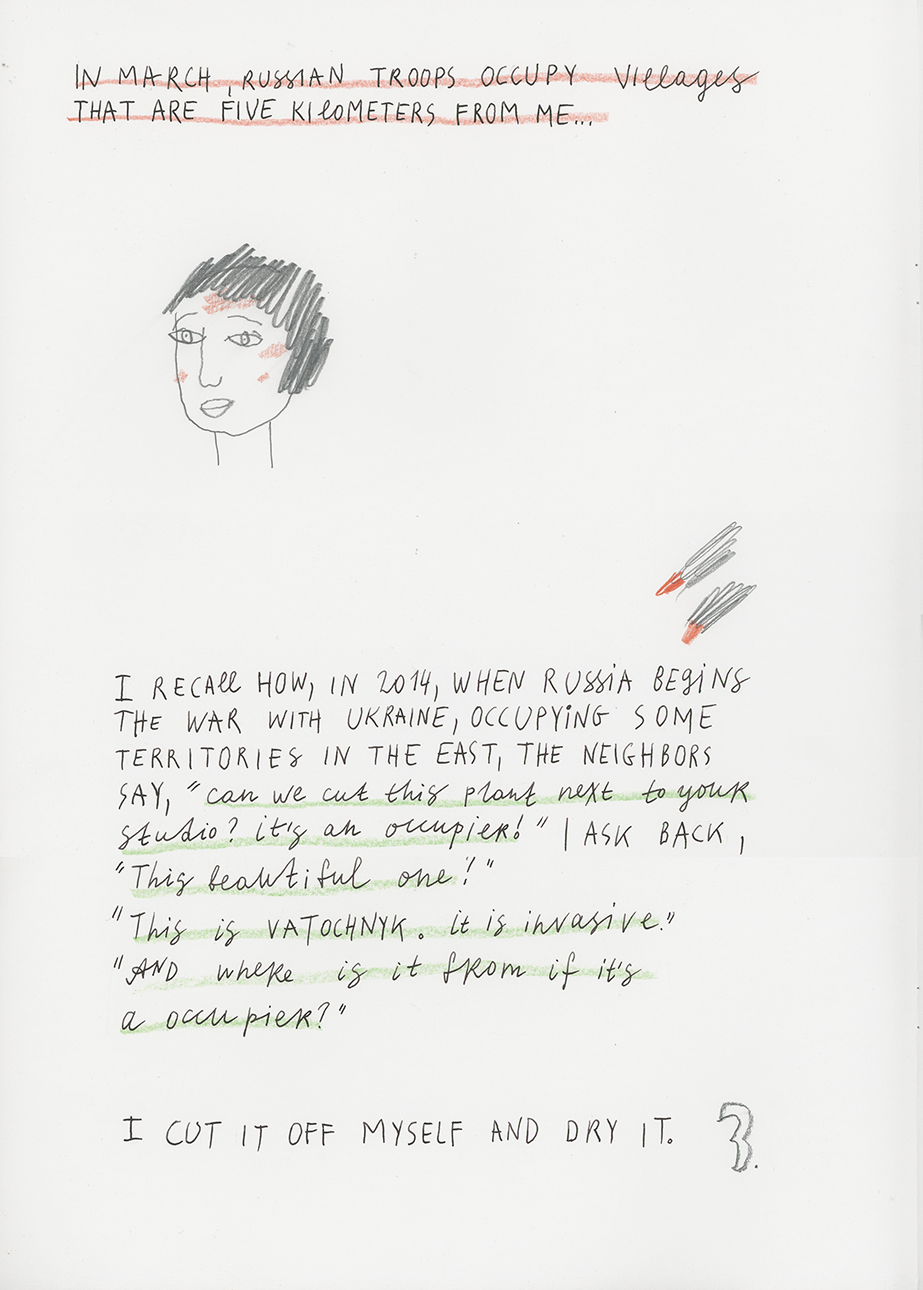





Jacques Lizène
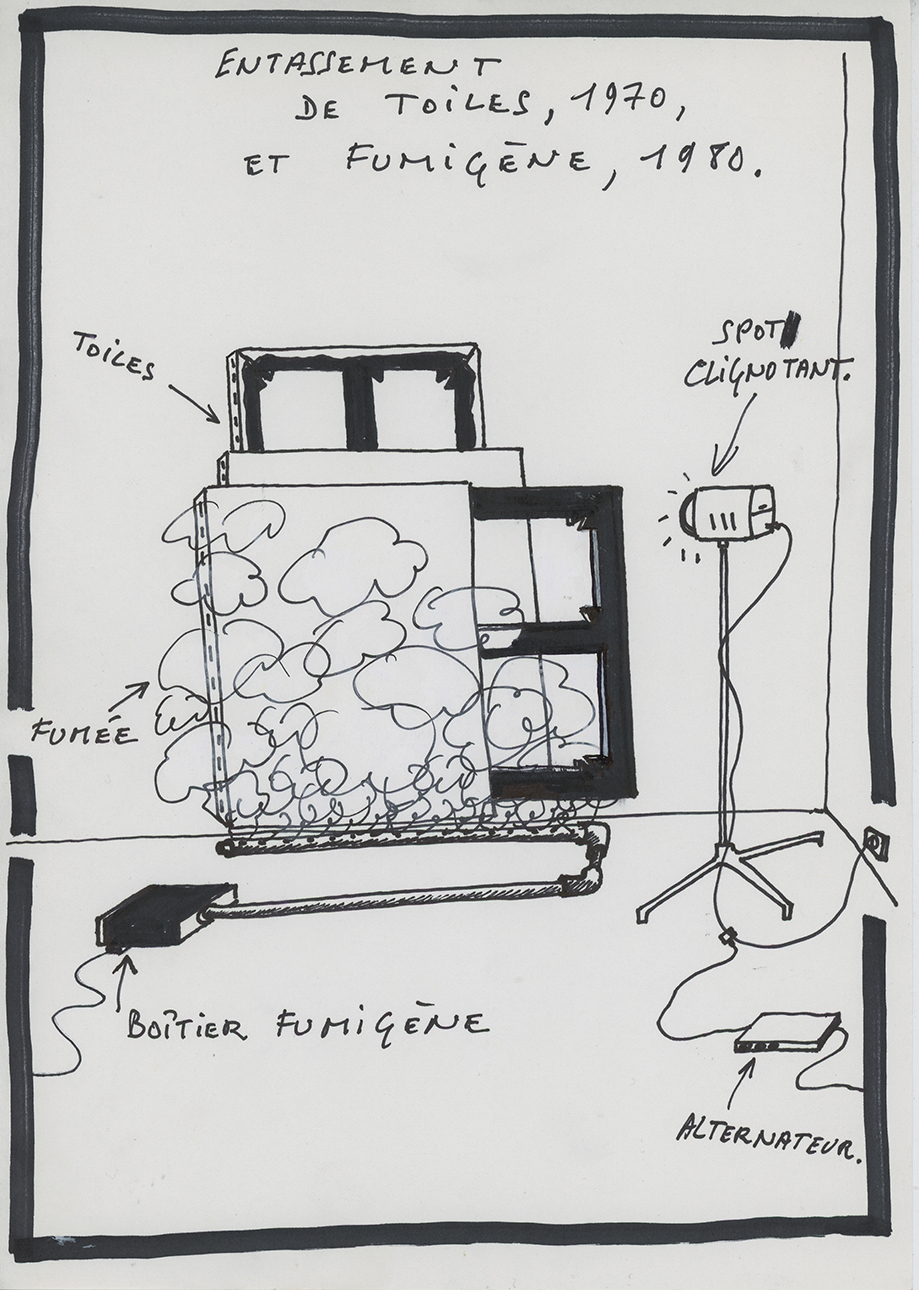


Raphaël Van Lerberghe

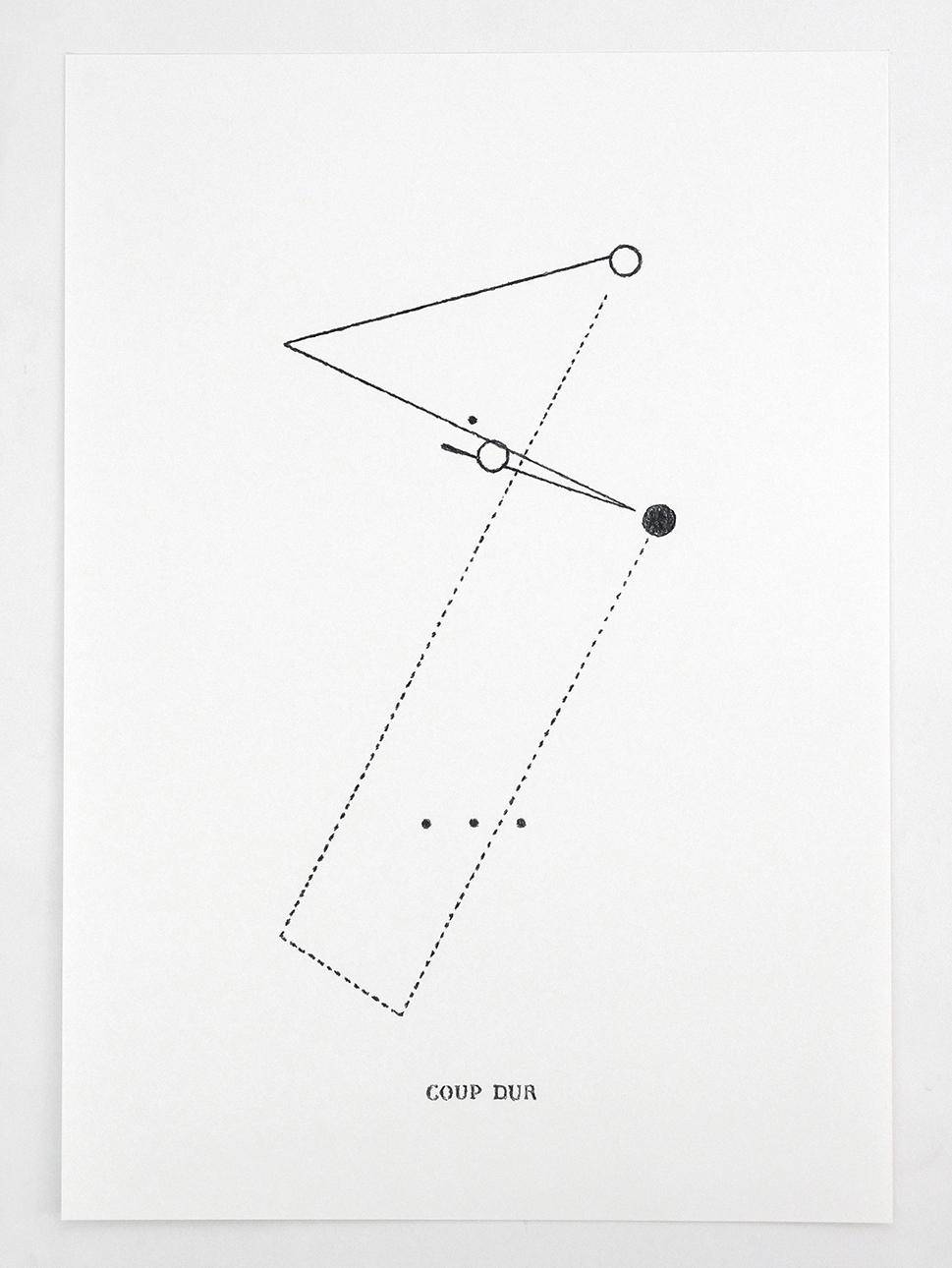

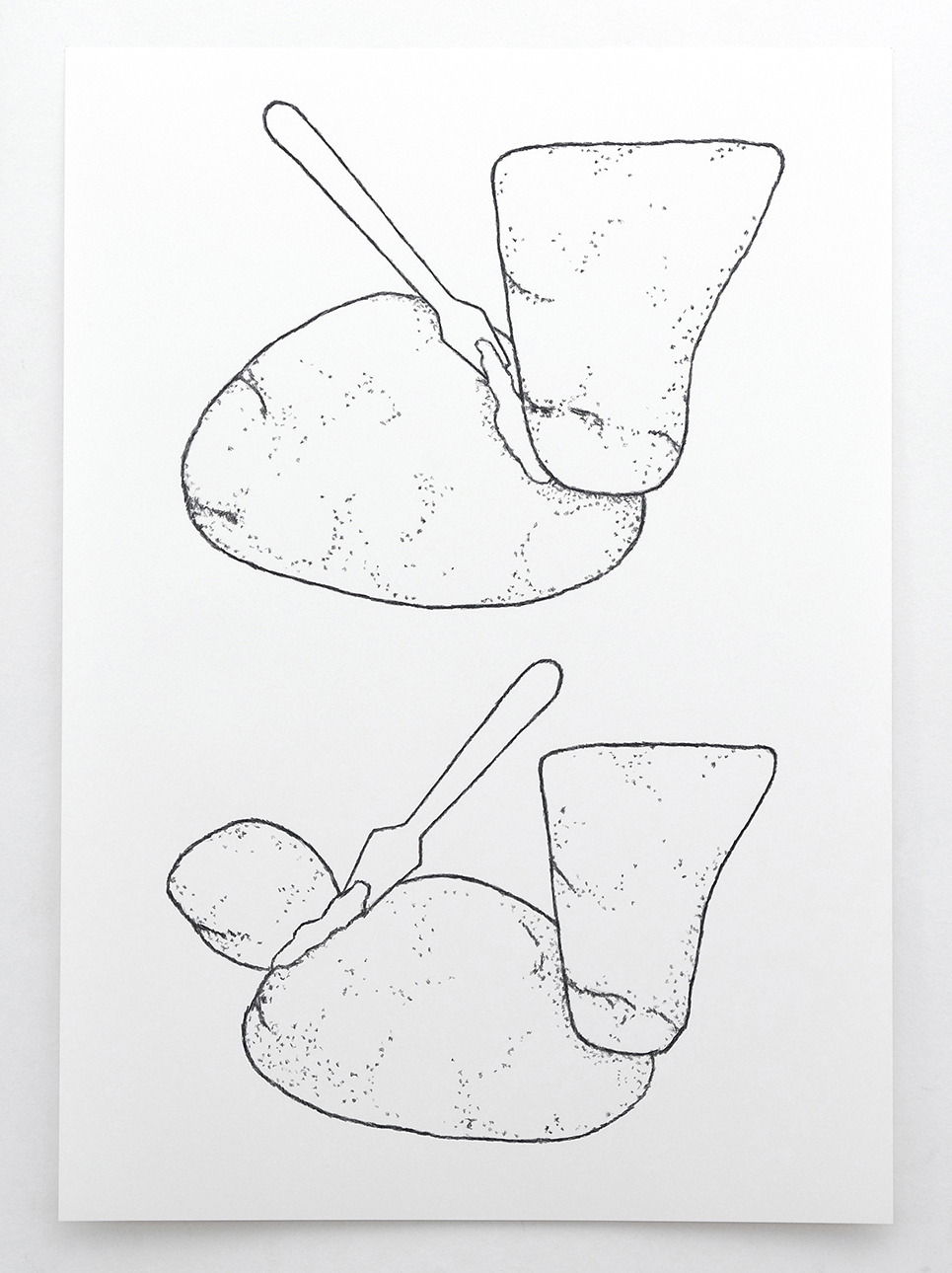
Gaëtane Verbruggen



